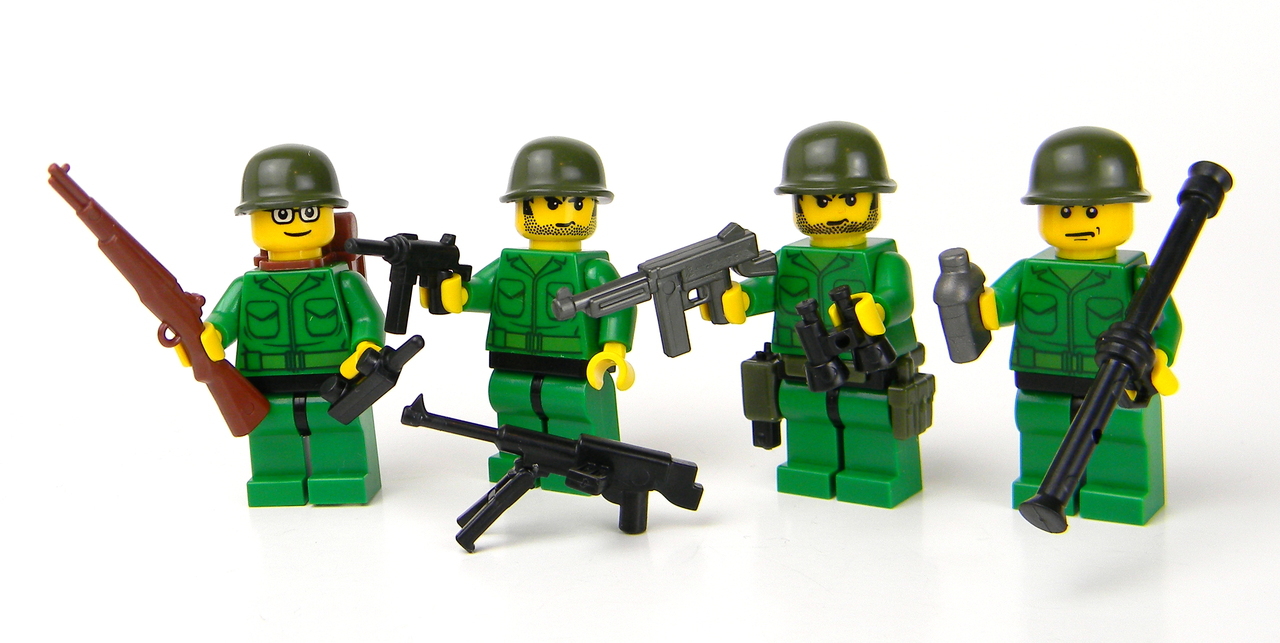[Tuttle’s attached unit rested for a couple days getting ready for the next move.]
Today my company made one more move, south a bit into an area already cleared by another outfit. We are on the last stretch of high hilly terrain before the broad flat valley which holds Miyakonojo and her surrounding towns. I can look directly down into the outskirts of the city. In the afternoon winter sun it might normally be a picture perfect sight.
Today the sky is overcast in a soulless gray. The wet earth is bare and muddy brown where bombs have leveled most of the trees. Ahead of us the deserted inland village is black, still burning in places where an artillery barrage was directed on a formation of Japanese troops. Or it may have been a few lost cows; we don’t seem to care much either way. Shells are cheap to us and so are quaint Japanese villages.
Now that we own the southern pass through the mountain forest, big supply trucks and heavy weapons are moving through (the northern pass is still overlooked on one side by Jap held bluffs, which direct heavy artillery onto it as needed). We could push down into the city and meet our brothers from Ariake Bay any time now. Except they still haven’t broken out at Ariake to start up this direction.
We don’t know what is holding up the 98th Infantry Division, but the elite of the airborne division here have plenty of ready excuses for the green unit. Taunts range from, “I lost my pacifier!” to various gynecological afflictions that might trouble men of the other division.
We want to lock up any Japanese still in the mountains between Ariake Bay and Miyazaki before they too escape. They still hold a two mile thick line of mountains and ridges which includes the 3100 foot high Komatsu-yama. The Americal division has been holding the line north of Ariake, but is stretched across fifteen miles of mountainous front. The 25th Infantry Division is now joined by this 11th Airborne Division, driving south from Miyazaki.

